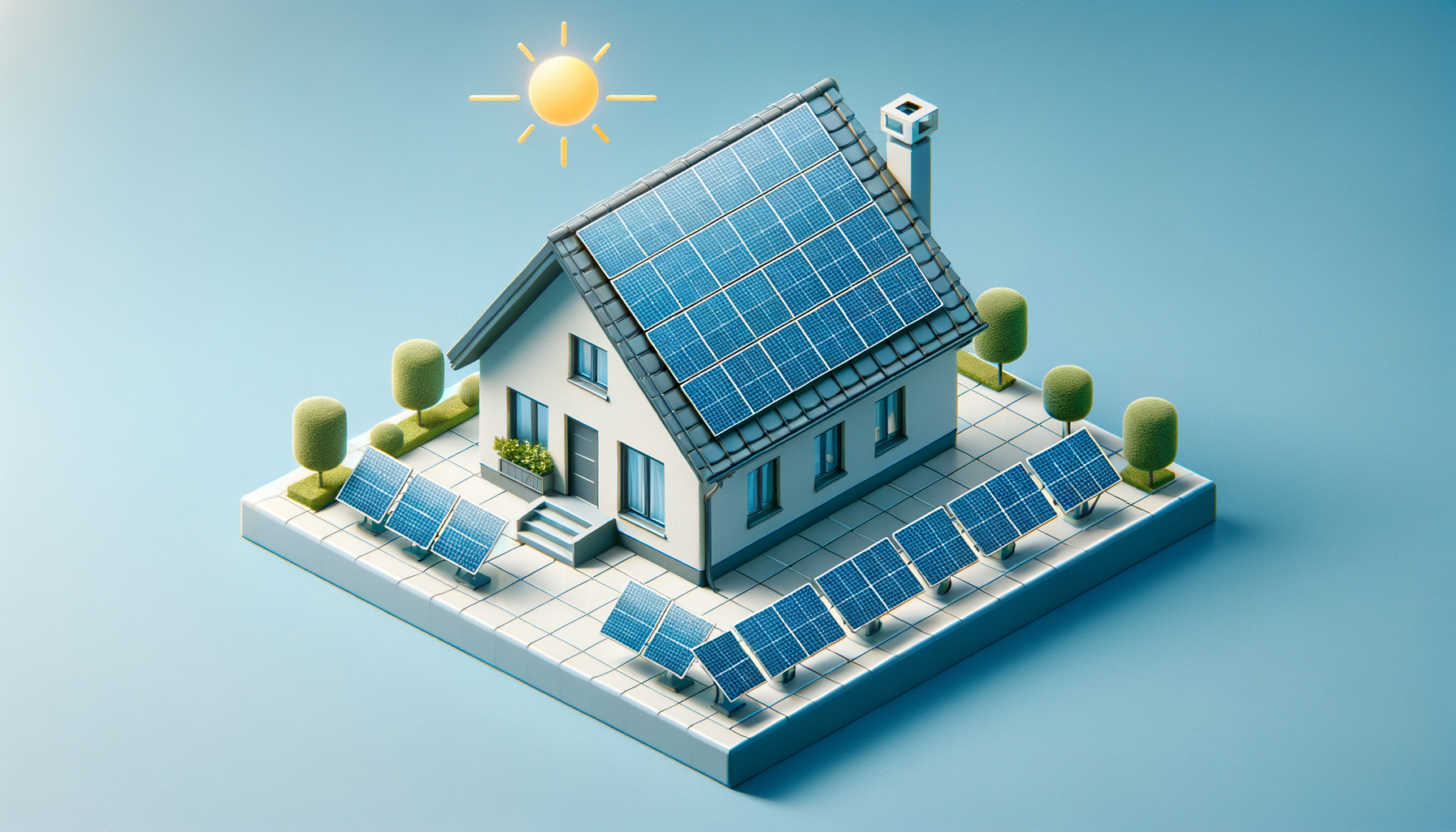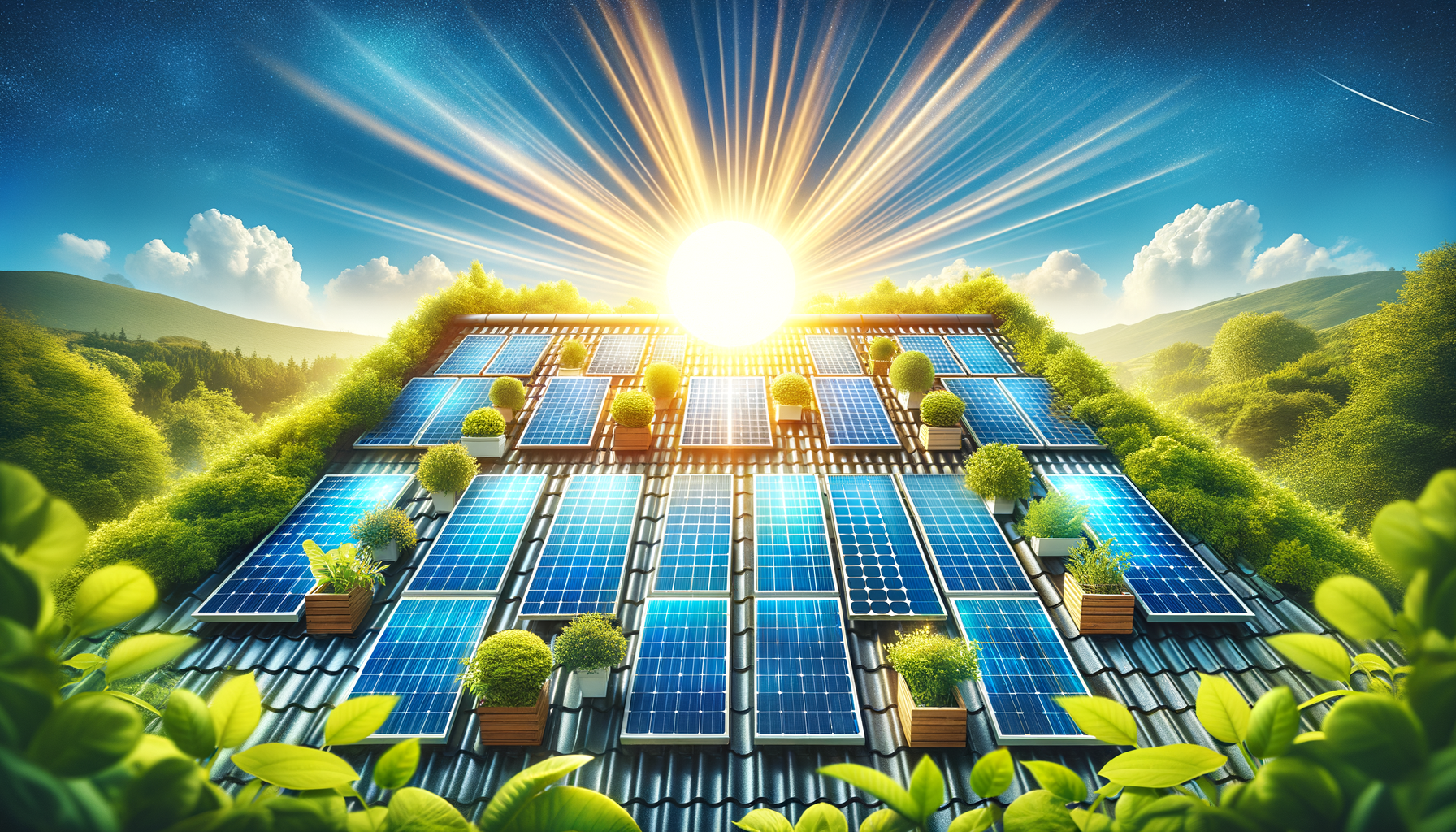The Ultimate Guide to Building a Solar System for Your Tiny House

Updated 4 months ago
The Ultimate Guide to Building a Solar System for Your Tiny House
Transitioning to a tiny house is a move towards a simpler, sustainable lifestyle. But to truly embrace the eco-friendly potential of tiny house living, a solar system is essential. With energy independence just an installation away, this comprehensive guide will illuminate the path to building your own solar system.
Step 1: Understand Your Energy Needs
Start by evaluating the electricity requirements of your tiny house. Calculate the total wattage of your appliances and consider your usage habits. Efficiency is paramount in a tiny house, so opt for energy-saving LED lights and appliances.
Building a clear picture of your daily consumption will determine the size of the solar system you need. Bear in mind that it's not only about the number of solar panels but also about the battery storage capacity. You must account for sunny and overcast days alike.
Step 2: Choose the Right Components
Your solar system will comprise solar panels, an inverter, batteries, and a charge controller. Selecting quality components that are the right size and capacity for your needs is crucial.
- Solar Panels: Go for monocrystalline or polycrystalline panels. Despite a higher upfront cost, they are more efficient and require less space — a significant consideration for tiny houses.
- Inverter: This device converts the DC electricity generated by your solar panels into the AC electricity used in most appliances. A pure sine wave inverter is preferable for sensitive electronics.
- Batteries: They store the solar power for use at night or during low generation periods. Lithium-ion batteries, although pricier, offer a longer lifespan and better performance than lead-acid batteries.
- Charge Controller: Protecting your batteries from overcharging is the charge controller's role. A maximum power point tracking (MPPT) charge controller ensures you get the most from your panels.
Step 3: Plan Your Solar Array Layout
Before purchasing, plan where you’ll install the solar panels. A tiny house roof can present challenges with limited space, so measure carefully and design a layout that maximizes sunlight exposure without overcrowding the roof.
Step 4: Installation and Wiring
Installing your solar system can be a complex process. While it is possible to DIY with extensive research and care, hiring a professional is recommended to ensure safety and compliance with local regulations.
Step 5: Connect to a Power Inverter
Once your panels are in place, they will need to be wired to the power inverter. Proper grounding is necessary to prevent electrical hazards. The inverter should then be connected to your house’s main power system and, if you choose, to the grid.
Step 6: Install the Battery System
For off-grid living, battery installation is one of the most critical steps. The capacity of your battery bank should align with your previously calculated energy needs. Regular maintenance is required to ensure battery longevity and performance.
Step 7: Set up a Charge Controller
The charge controller is the mediator between your solar panels, inverter, and batteries. It prevents overcharging and helps manage the power load, which is vital for extending the lifespan of your batteries.
Step 8: Monitoring and Maintenance
Post-installation, monitoring the system's performance is essential. Routine checks on the panels for debris, inspection of cables for wear and tear, and battery health assessments will keep your system running effectively.
Maximizing Efficiency
To benefit most from your tiny house solar system, adopting an energy-conscious lifestyle is essential. Use energy during peak production hours, invest in energy-efficient appliances, and monitor your system to understand your generation and consumption patterns.
In Conclusion
Building a solar system for your tiny house is an investment in sustainability and self-sufficiency. By following this guide and understanding your energy needs, selecting the proper components, and maintaining your system, you'll be well on your way to an eco-friendly home.
Cut down on utility bills, decrease your ecological footprint, and enjoy the freedom that comes with your self-sustained tiny house. If you're ready to take the next step towards solar-powered living, our calculator can provide you with a bespoke estimate.
Begin your journey to energy independence today.






